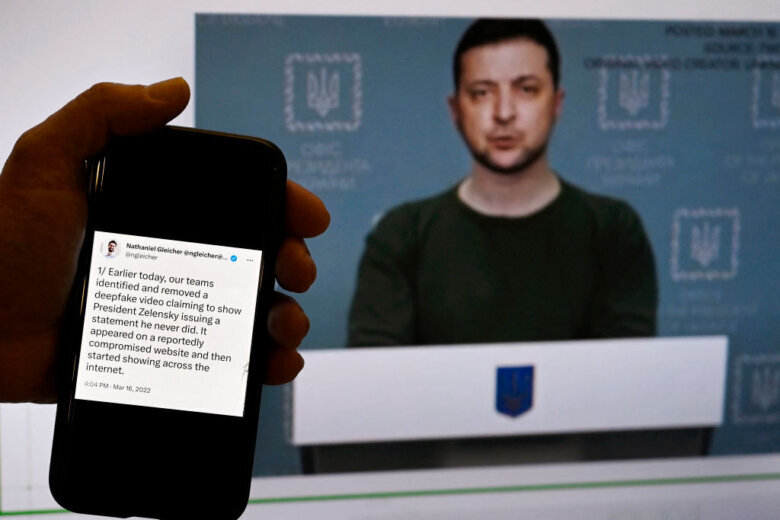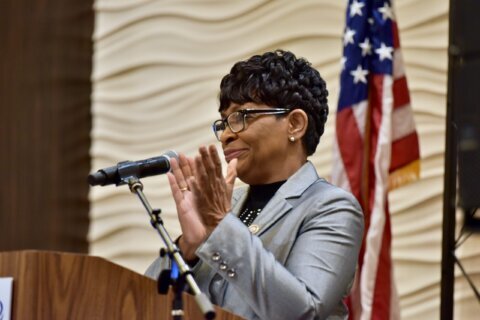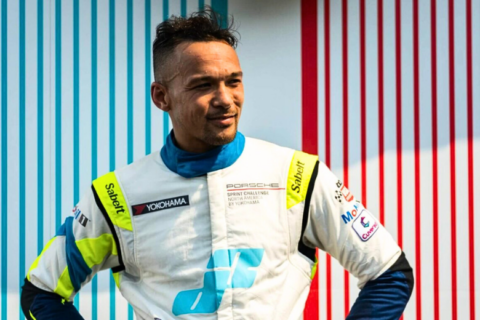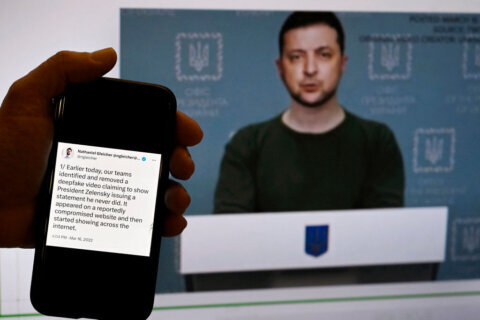
It takes just a few minutes for a video posted online to go viral, whether it’s true or not. And advances in technology, including the creation of what’s commonly know as “deepfake” videos, have the ability to shape opinions, emotions and even reality for people tricked into believing something that isn’t true.
For instance, in 2022, a deepfake featuring Ukrainian President Volodymyr Zelenskyy purported to show him telling the Ukrainian military to lay down its arms and give up to the Russian military.
It wasn’t true, obviously. But you can imagine what a manipulated video featuring a politician saying something outlandish — even though they never said it — can do to a nation’s politics, especially in an election year.
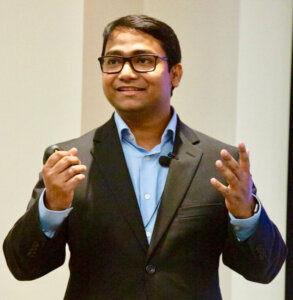
But new technology from the University of Maryland has the potential to help people authenticate what’s real and what isn’t.
“When we have the power or the social media to influence people, that can also be abused through this kind of ‘shallow fake’ and ‘deepfake,’” said Nirupam Roy, an assistant professor of computer science at the University of Maryland.
“These are more damaging than written media because now people can hear people, can listen to and see them talking about something. That has a proven, deeper impact into people’s idea and thoughts about some opinions.”
He’s developed a new program called Talk Lock, which he hopes will be ready to go by the start of the summer. It starts by having a QR code displayable by someone who is giving a speech. When cameras or smartphones record the speech, it’ll have the QR code in the background.
“The video can be recorded by anyone in the audience. We don’t need any source control over the media itself,” Roy explained. “As long as this dynamic QR code is visible on the video, it can be verified if any small section of that speech is changed or altered, omitted or even shuffled.”
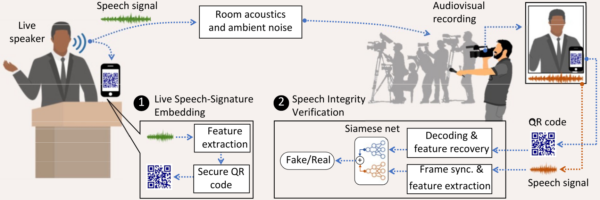
Now, the obvious question is what happens if someone just crops the code out of the video. If the technology becomes common enough, that itself might raise red flags for people.
“We are hoping that going forward in social media, it will be a trend to have this live QR code on the video itself that makes it automatically detectable by the social media app,” Roy said.
“If someone is tampering with the QR code, or someone is trying to crop it out, the authenticity of that video itself is compromised and not verifiable.”
At the earliest stages, the program involved having someone hold the QR code up on a phone or tablet as they spoke, but now Roy is in the process of refining it to be far less intrusive for everyone in attendance. He’s also developing a version that will help prevent videos you post on your social media feed from being tampered with in the same way.
Get breaking news and daily headlines delivered to your email inbox by signing up here.
© 2024 WTOP. All Rights Reserved. This website is not intended for users located within the European Economic Area.

